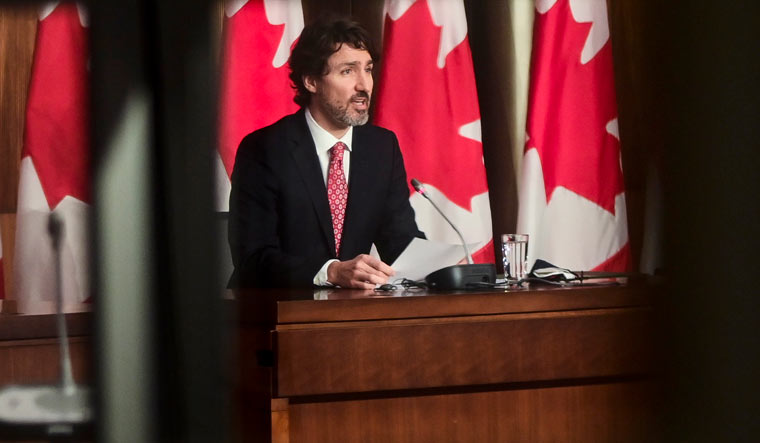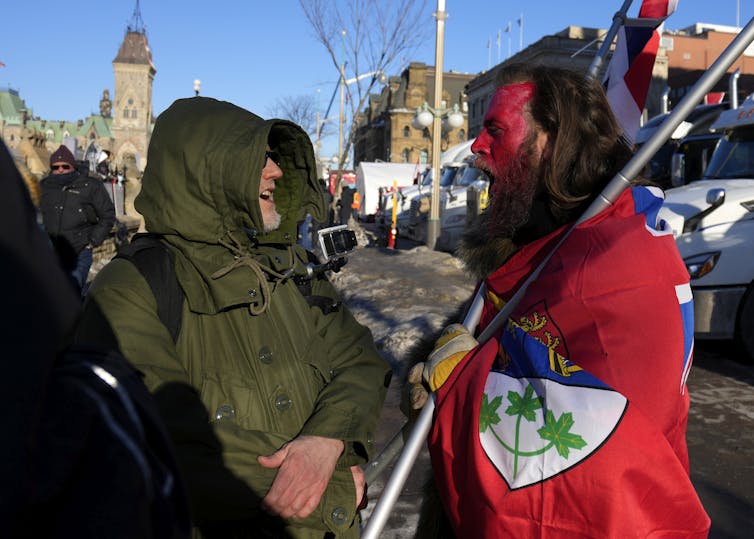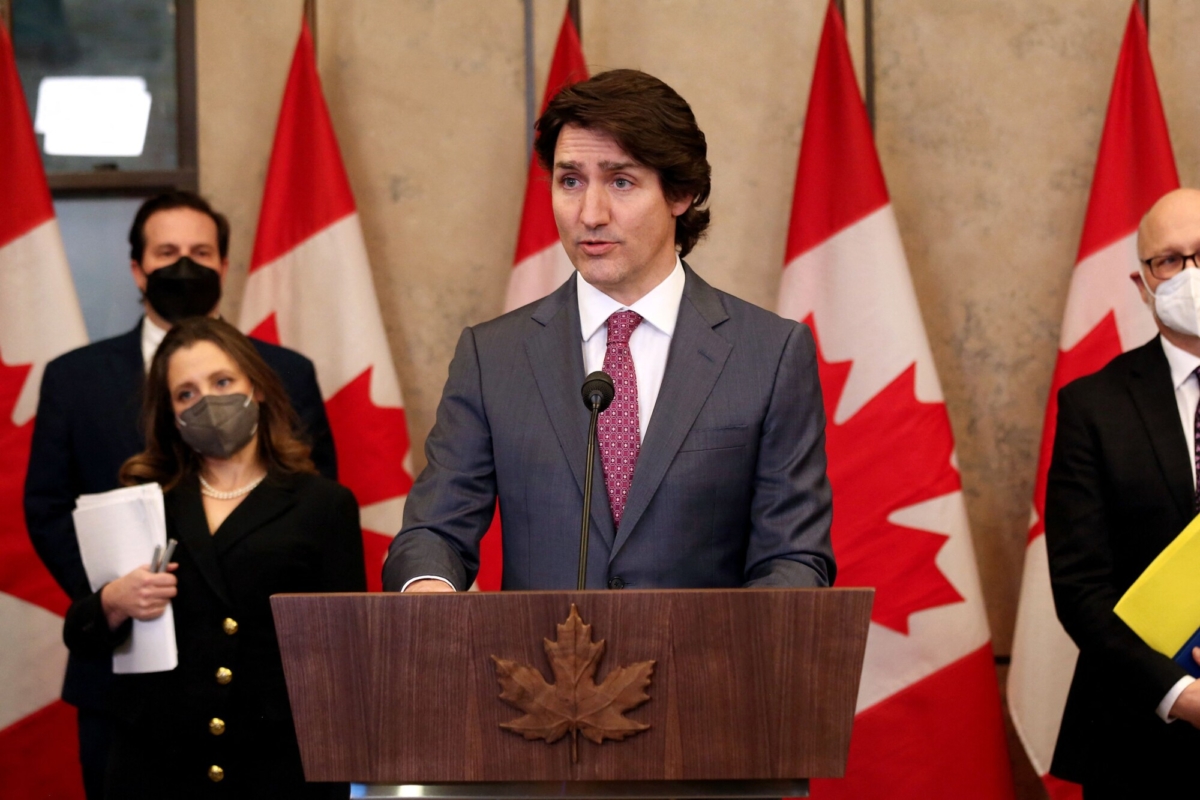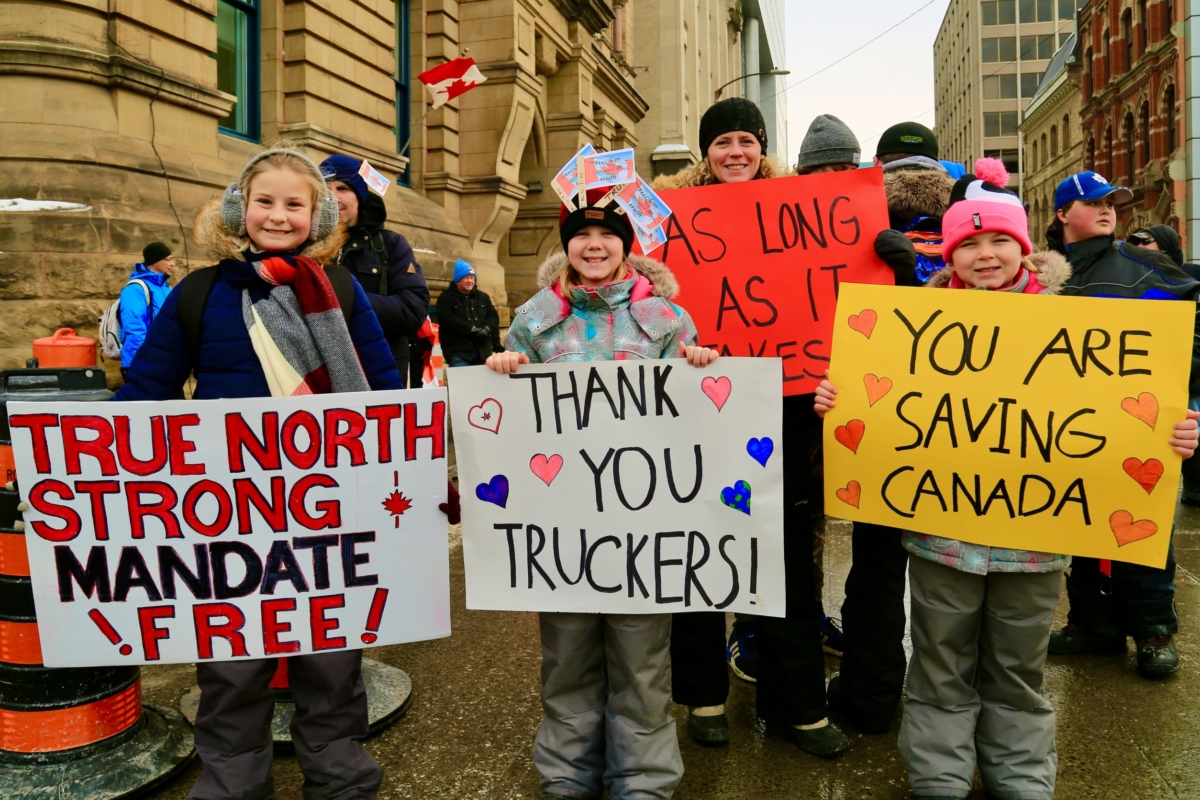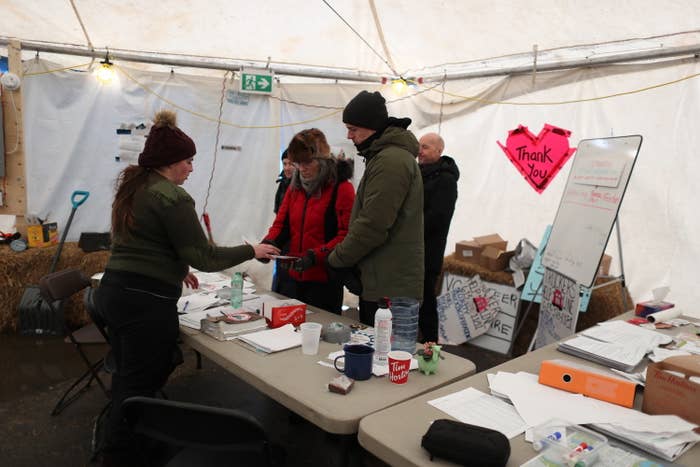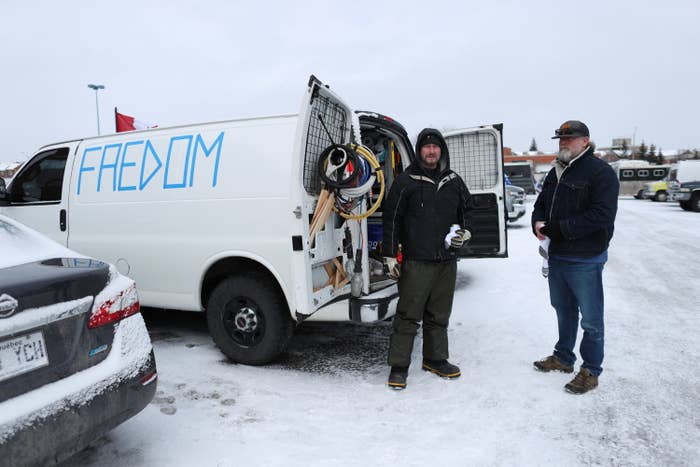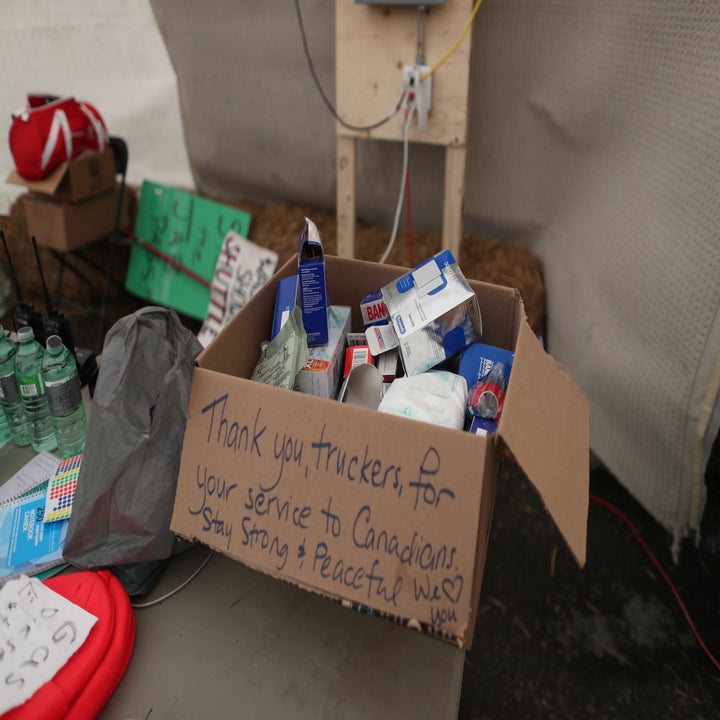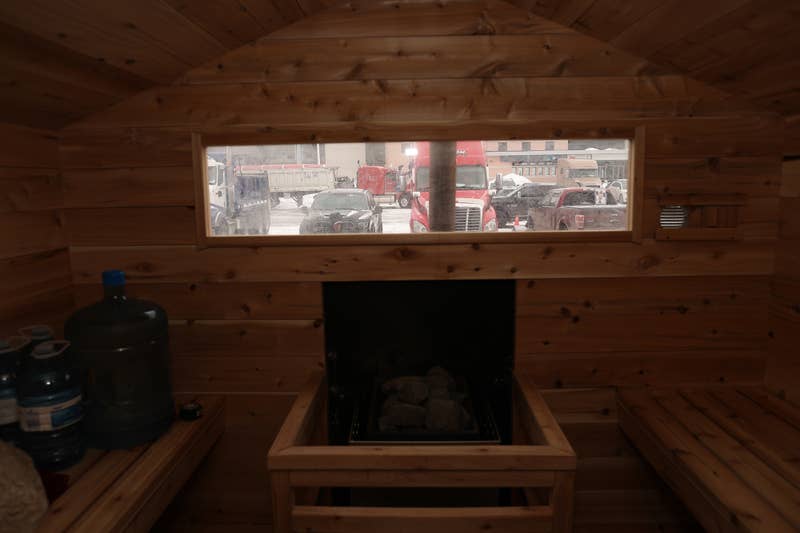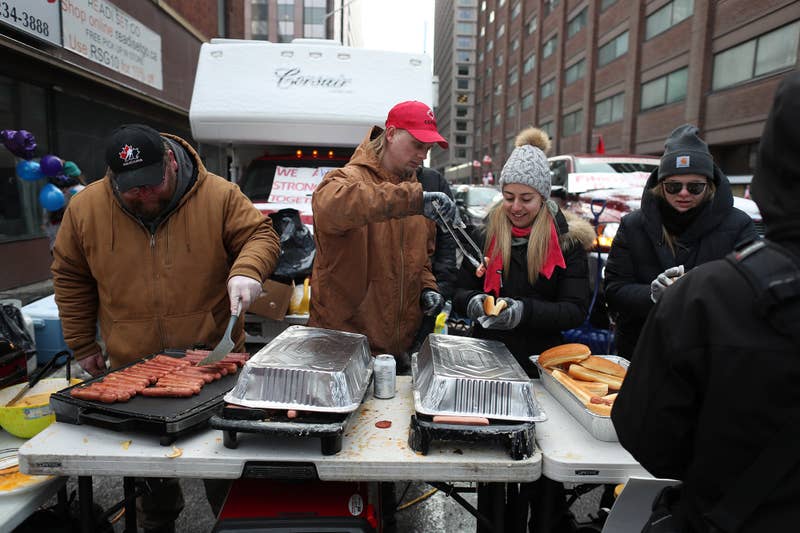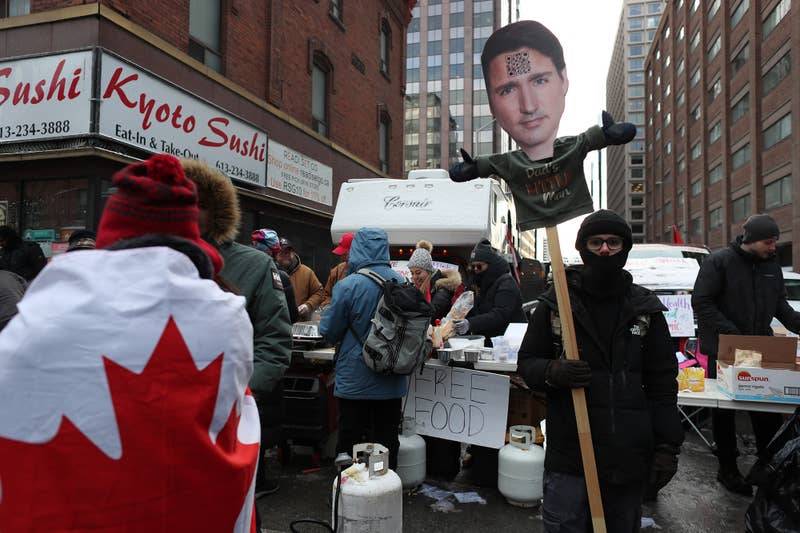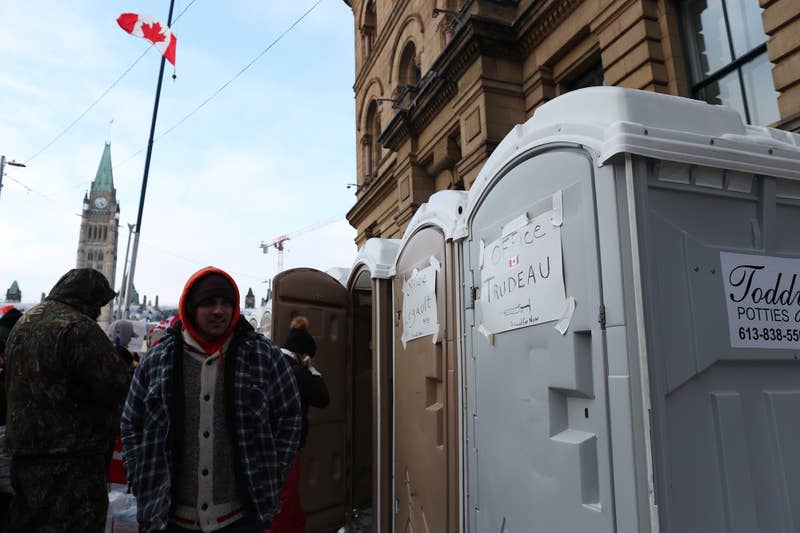WCC REDUX
Alberta to defy Canada power rules in face-off with Trudeau
, Bloomberg News
Alberta Premier Danielle Smith invoked a measure to defy federal regulations that aim for a net zero electrical grid by 2035, setting up a confrontation between the Canadian province and Prime Minister Justin Trudeau’s government.
The resolution proposed under the Alberta Sovereignty Within a United Canada Act orders provincial government agencies to not enforce or aid in enforcing Canada’s clean electricity regulations, arguing that power generation is the jurisdiction of the provinces under the constitution, not the federal government’s.
The move is likely to set up a major court battle and standoff between Trudeau and Smith, a conservative premier who has vowed to thwart federal regulations that would undermine the province’s energy sector.
Smith’s government said in a statement that Alberta, which relies on natural gas for the bulk of its power generation, is able to achieve a net-zero power grid by 2050 but the 2035 target would be “unaffordable, unreliable and unconstitutional” and puts people at risk of “freezing in the dark” when temperatures drop as low as minus-23F.
The federal rules are flexible enough to be “realistic and accommodate Alberta’s needs,” Steven Guilbeault, Trudeau’s environment minister, said in a statement. “We have been collaborating in good faith on clean electricity investments and regulations as part of our Canada-Alberta working group, which we created at the request of Alberta with the express intent to work through these issues collaboratively. The government of Alberta has never brought up a constitutional veto at the negotiating table.
Smith has railed against the federal clean power rules for months, even launching a multimillion-dollar ad campaign against the measures. But Wednesday’s move marks the first time she has invoked her signature sovereignty law, which her government argues allows her province to override federal laws or regulations, but which has yet to be tested in court.
The step comes a month after the Supreme Court of Canada largely struck down a separate federal law on the review major resource and infrastructure projects, legislation that was opposed by Canada’s oil industry.
The province doesn’t have time to wait years for the courts to rule on the constitutionality of the clean electricity regulations and must act now, Smith said at a news conference on Monday.
The federal clean electricity regulations are discouraging private investors from submitting applications for needed natural gas power plants in Alberta, Smith’s government said in its release. While the resolution to defy the feds wouldn’t apply to private individuals or corporations, the legislation instructs the province to study the feasibility of setting up a provincially owned corporation that could bring on and maintain “more reliable and affordable electricity” at a later date, regardless of federal net-zero government’s rules.
Saskatchewan starts tribunal to review
Ottawa's clean electricity regulations
, The Canadian Press
The Saskatchewan government is using its autonomy legislation for the first time to review the federal government's proposed clean-electricity regulations.
Justice Minister Bronwyn Eyre told reporters Tuesday she's implementing the Saskatchewan First Act to establish a tribunal to study the economic effects of the rules.
The regulations would require provinces to work toward an emissions-free electricity grid by 2035, which Eyre said is creating investor uncertainty.
"(The regulations) are about emission reduction, but what does it mean? How will it impact our companies in anticipation of these policies? Not exploring as much, not doing as much? Absolutely," Eyre said.
"We need to get a nuanced, detailed sense of what these policies mean for the economy of Saskatchewan and the people of Saskatchewan."
The act, passed in the spring, is meant to reassert Saskatchewan having jurisdiction over natural resources and electricity generation. It also allows Saskatchewan to set up a tribunal.
Eyre said the tribunal's members are to submit a report outlining costs of the federal regulations.
She said they are to work over the next few months, speaking with researchers and those in industry to help inform their report.
The minister said there are no plans to speak with environmental groups, as the tribunal is to only focus on economic costs.
Its members also have the power to compel witnesses to speak with them.
Michael Milani, a Regina lawyer who will chair the tribunal, said it's unlikely members would use that power.
He added he will ask Ottawa to make a submission.
"If the goal is to obtain the best and most complete information possible, I would think, as chair, we'd want that from all places and all quarters," Milani said.
"It may well be that the federal government will provide us with additional information and details so that the report will be the most complete and accurate that we're able to create."
A spokesperson for the office of federal Environment Minister Steven Guilbeault did not immediately provide a comment on whether Ottawa will participate in the tribunal.
Both Saskatchewan and Alberta have long been at odds with Ottawa over the regulations.
On Monday, Alberta used its sovereignty act for the first time, tabling a motion to empower provincial officials and regulators to not co-operate with the clean-electricity rules.
Alberta and Saskatchewan say Ottawa's 2035 timeline is not doable and would cause higher electricity bills and reliability issues. Instead, they are targeting 2050 for emissions-free electricity.
Guilbeault has disputed claims the regulations would impose unfair costs and reliability problems, saying Ottawa plans to cover up to half of the cost through tax credits, low-cost financing and other funds.
His office said Ottawa has spent $40 billion to help provinces build emissions-free electricity infrastructure, which supports jobs while reducing emissions.
Earlier this month, Dustin Duncan, the minister responsible for Saskatchewan's electricity utility, said the regulations would cost the province $40 billion.
Saskatchewan finance officials have also estimated a slew of federal environmental policies — the price on carbon, clean fuel regulations, emissions caps and methane initiatives — would cost the province $111 billion by 2035.
Eyre said even though officials have already outlined these costs, the tribunal is needed to "look at all angles."
"There are a lot of trickle-down impacts from these federal policies that have not been economically canvassed or plumbed or completely analyzed or quantified."
She added the tribunal's report could also be used as evidence in court, should the province file an injunction application in the future.
The province is to spend $150,000 this year on the tribunal, Eyre said. It would then cost $250,000 per year.
The tribunal's members have been appointed for three years and are expected to undertake additional studies after they review the regulations.
The tribunal also includes former Saskatchewan finance minister Janice MacKinnon, former SaskEnergy CEO Kenneth From, agriculture researcher Stuart Smyth and oilsands worker Estella Peterson.
This report by The Canadian Press was first published Nov. 28, 2023.







